Unlock the potential of your second-generation Mercedes CL with this essential guide. Learn about its defining features, common maintenance tips, and what makes it a standout luxury coupe. Get ready to understand and enjoy your iconic CL!
So, you’re curious about the second-generation Mercedes-Benz CL? Perhaps you’re looking to buy one, or maybe you already own this elegant machine and want to know more. These cars, produced from 1999 to 2006 (model years C215), represent a real sweet spot in Mercedes-Benz history. They blend classic luxury with cutting-edge technology of their era. If you’ve ever felt a bit overwhelmed by the sophisticated systems in your CL, don’t worry! This guide is here to break everything down in a way that’s easy to understand. We’ll explore what makes these cars special, how to keep them running smoothly, and what to look out for. Get ready to feel confident about your second-generation CL!
Understanding the Second-Generation Mercedes CL (C215)
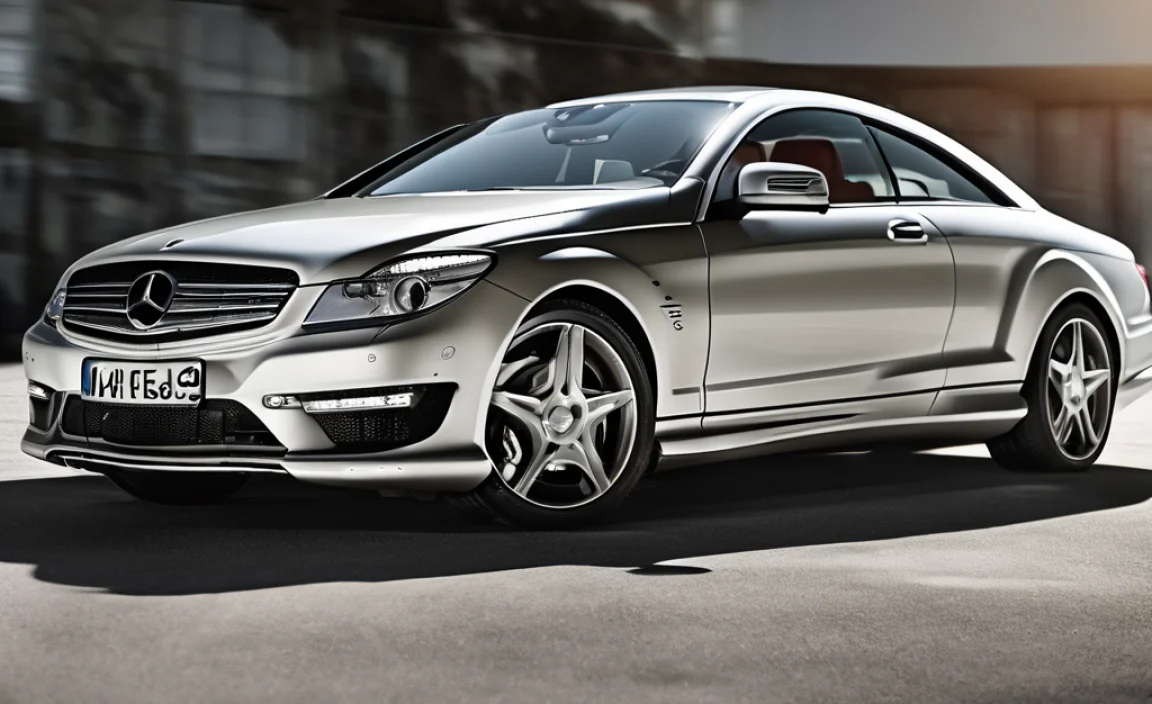
The C215 CL-Class coupe replaced the outgoing C140 SEC coupes and brought a new level of design and technology. It was built on the same platform as the W220 S-Class, meaning it inherited many of its luxury and safety features. These cars were all about sophisticated styling, powerful engines, and a comfortable, refined driving experience.
Key Models and Features
The second-generation CL came in several flavors, each offering a distinct blend of performance and luxury. The most common models you’ll encounter are the CL500 and the CL600. Later in its life cycle, more powerful AMG versions also arrived.
Here’s a quick look at some of the key models:
- CL500: Typically powered by a 5.0-liter V8 engine, offering a great balance of smooth power delivery and everyday usability.
- CL600: Featured a more potent 5.5-liter V12 engine. This was for those who desired more effortless torque and a truly grand touring experience.
- CL55 AMG: The first performance-oriented version, boasting a supercharged 5.4-liter V8. It offered significantly more horsepower and a sportier feel.
- CL63 & CL65 AMG: Introduced later, these represented the pinnacle of performance, with larger, more powerful V12 engines and AMG-specific tuning.
The C215 CL was packed with technology that was considered advanced for its time:
- Active Body Control (ABC): This hydro-pneumatic suspension system was a standout feature, allowing the car to adapt its ride height and stiffness for comfort or sporty handling. It was revolutionary for its ability to minimize body roll in corners.
- Bi-Xenon Headlights: Offering superior illumination compared to traditional halogen bulbs.
- Distronic Cruise Control: An early form of adaptive cruise control that could maintain a set distance from the vehicle ahead.
- COMAND System: The infotainment system of its day, controlling navigation, audio, and climate.
- Keyless Go: Allowing you to start the engine and open/close doors without taking the key out of your pocket.
Essential Maintenance for Your Second-Generation CL
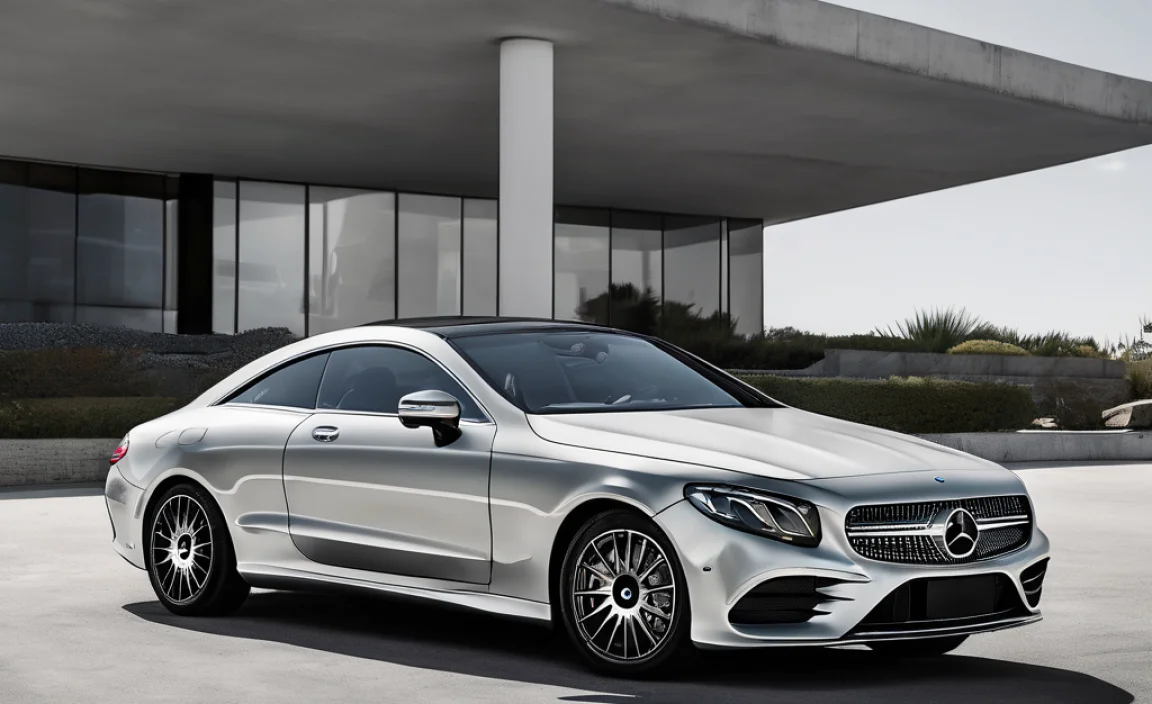
Keeping any luxury car in top shape requires consistent attention, and the CL is no exception. However, with a bit of knowledge and proactive care, you can prevent many common issues and enjoy many years of reliable service.
Fluid Checks and Changes
Regular fluid checks are the cornerstone of good automotive health. For your CL, several fluids are critical:
- Engine Oil: Crucial for lubrication, cooling, and cleaning. Check your owner’s manual for the recommended viscosity (e.g., 0W-40 or 5W-40 synthetic is common for these V8 and V12 engines) and change interval. For many of these cars, a 10,000-mile (or one-year) interval is typical, but driving conditions might warrant more frequent changes.
- Coolant: Prevents overheating and engine damage. Mercedes-Benz typically uses a blue or green long-life coolant. Ensure the level is between the MIN and MAX marks on the reservoir. A full flush and replacement every few years is recommended.
- Brake Fluid: Absorbs moisture over time, which can degrade braking performance and corrode components. It should be flushed andreplaced every two years as a standard maintenance item recommended by most manufacturers, including Mercedes-Benz.
- Power Steering Fluid: Essential for smooth steering. Check the level regularly. Use only the Mercedes-Benz specified fluid (often Pentosin CHF 11S or similar, check your manual!).
- Transmission Fluid: Automatic transmissions require clean fluid for optimal shifting and longevity. Mercedes-Benz transmissions of this era often have specific fluid and filter change procedures. Consult your dealer or a specialist for the exact service recommendations, as “lifetime” fills are often not ideal for long-term ownership.
Tire Care
Proper tire maintenance impacts ride quality, safety, and fuel efficiency.
- Tire Pressure: Check your tire pressures monthly, when tires are cold. The correct pressures are usually found on a sticker on the driver’s side doorjamb or in the owner’s manual.
- Tread Depth: Ensure your tires have adequate tread for grip, especially in wet conditions. The legal minimum is usually 1.6mm, but it’s best to replace tires before they reach this point.
- Rotation: Rotating your tires periodically (e.g., every 5,000-7,000 miles) helps them wear more evenly, extending their life.
- Wheel Alignment: If you notice uneven tire wear, or if the car pulls to one side, have your wheel alignment checked.
Common Issues and How to Address Them
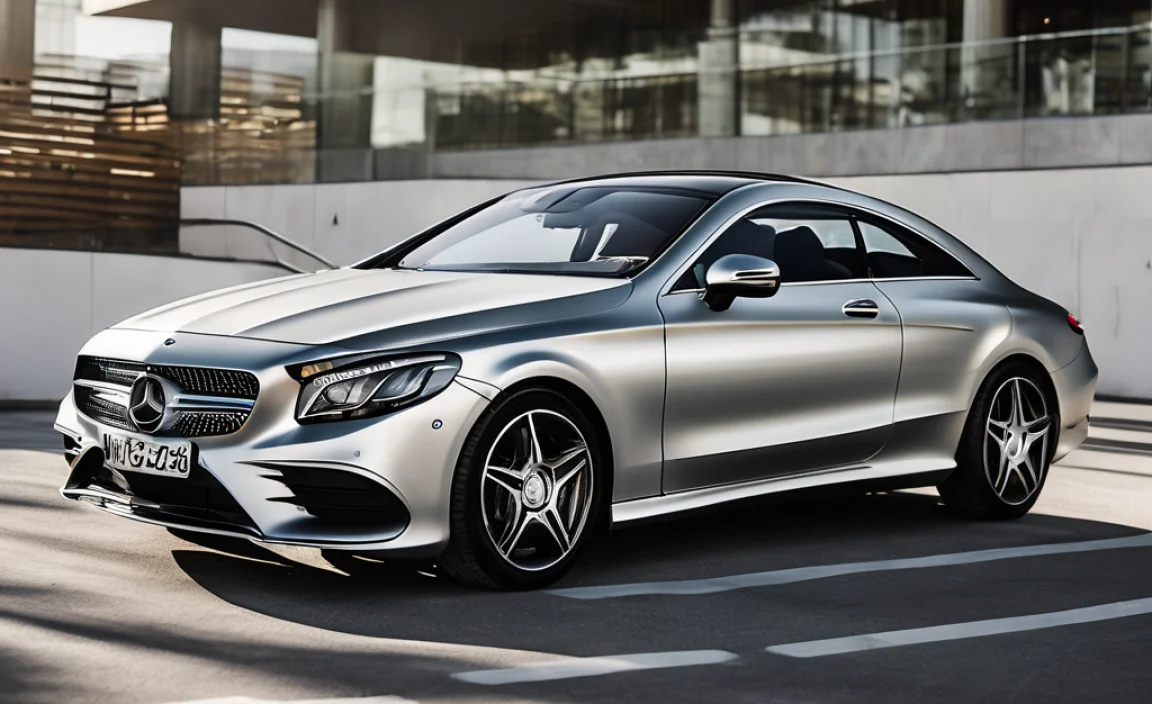
While the second-generation CL is a robust vehicle, living in areas with harsh winters or performing many short trips can accelerate wear on certain components. Here are a few things to keep an eye on:
Active Body Control (ABC) System
The ABC system is a marvel but can be a source of concern and expense if not properly maintained.
- Leaks: The hydraulic fluid used in ABC systems can degrade seals over time, leading to leaks. Common areas for leaks include the struts, lines, and the pump reservoir.
- Pump Failure: The ABC pump circulates the fluid. If it fails, you’ll lose the self-leveling and adaptive suspension capabilities, and the car may “sag” or sit unevenly.
- Strut Issues: The individual struts contain hydraulic seals and are subject to wear.
Addressing ABC Issues:
Regular maintenance is key. Ensure the ABC fluid is kept clean and at the correct level. If you notice any warnings on the dashboard related to ABC, or if the car is sitting lower than usual, it’s crucial to have it inspected by a qualified Mercedes-Benz technician. For DIY enthusiasts, there are specialized tools and workshops that can guide you through basic checks and fluid replacement, but major repairs often require specialized knowledge and equipment.
A good reference for understanding and maintaining these systems can be found on the SAE International website, detailing relevant standards for vehicle suspension systems.
Ignition Coil Packs and Spark Plugs
Like many engines, especially those with many cylinders, the CL’s V8 and V12 engines can experience issues with ignition coil packs and spark plugs.
- Misfires: A failing coil pack or worn spark plug can lead to an engine misfire, which you might feel as rough idling, hesitation, or a loss of power. The check engine light will often illuminate.
- Engine Performance: Beyond misfires, worn plugs and weak coils can reduce overall engine efficiency and power.
Addressing Ignition Issues:
Replacing spark plugs and coil packs on a V8 or V12 engine can be time-consuming due to the number of cylinders and the engine bay’s complexity. However, it’s a manageable DIY task for the determined owner. You’ll typically need a ratchet set, spark plug socket, and potentially some specialized tools to remove older plugs. For coil packs, access can be tricky, often requiring the removal of intake manifolds or other components. Remember to use high-quality replacement parts for reliability. If you’re unsure, consider having a professional mechanic perform this service.
Window Regulators and Motors
A common electrical gremlin in many Mercedes-Benz models of this era is the window regulator.
- Slow or Stuck Windows: Over time, the cables and plastic components in the regulator mechanism can wear out, causing windows to move slowly, get stuck, or even completely fail to operate.
- Motor Failure: The electric motor that powers the regulator can also fail.
Addressing Window Issues:
Replacing a window regulator involves removing the interior door panel. This can be fiddly, with many clips and screws to contend with. Once the panel is off, you’ll typically need to remove the glass, then unbolt and replace the regulator assembly. Again, having a good repair manual or watching detailed online video guides can be immensely helpful for this task. It’s usually a job involving patience more than specialized tools.
For those looking into the technical specifications of how window systems work, resources like those from the National Highway Traffic Safety Administration (NHTSA), while focused on safety recalls, often link to relevant technical service bulletins that can indirectly educate on system components.
DIY vs. Professional Service
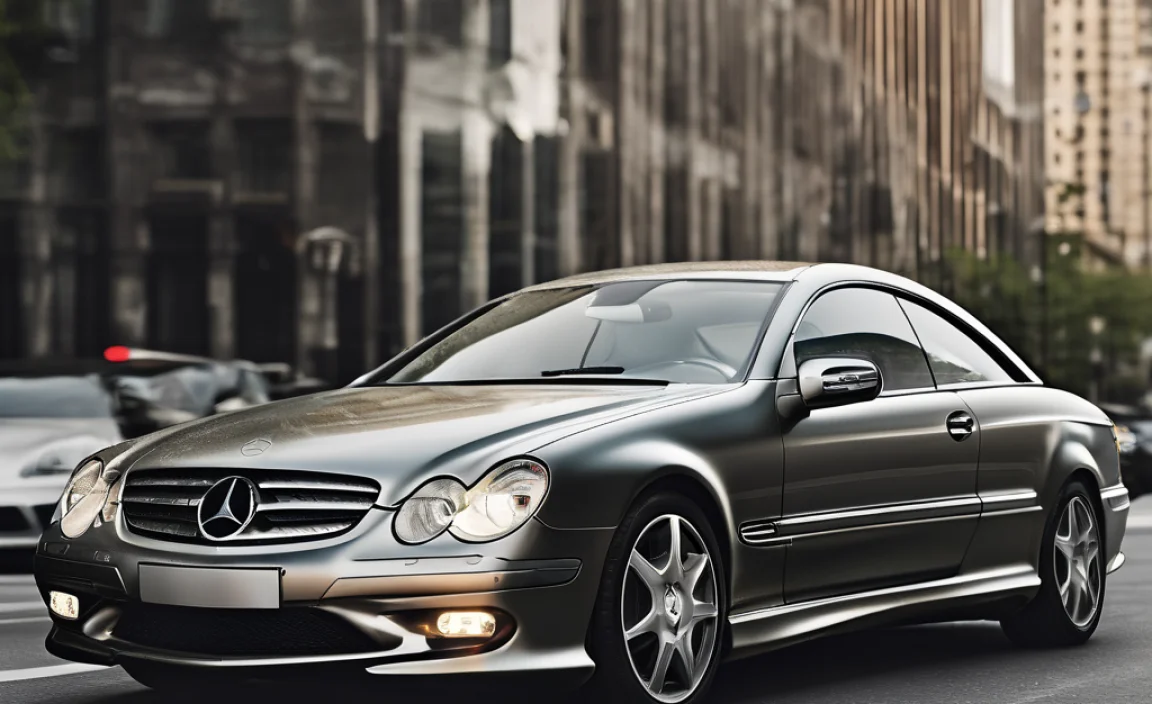
Deciding whether to tackle a repair yourself or take it to a professional is a common question for any car owner, especially with a sophisticated vehicle like the Mercedes-Benz CL.
DIY Considerations
Working on a second-generation CL yourself can be incredibly rewarding and cost-effective if you have the right tools, knowledge, and patience. Simple tasks like fluid changes, filter replacements, and even some brake work are often very manageable for beginners. For more complex jobs, such as ABC system repairs or engine-related tasks, it’s crucial to assess your skill level and available resources realistically.
Benefits of DIY:
- Cost Savings: Significantly reduces labor costs.
- Deeper Understanding: You learn your car intimately.
- Sense of Accomplishment: The satisfaction of maintaining your own vehicle.
Challenges of DIY:
- Specialized Tools: Some jobs require specific Mercedes-Benz tools.
- Complexity: Modern Mercedes have intricate systems.
- Time Investment: Repairs can often take longer than expected.
- Risk of Error: Incorrectly performed repairs can be costly or dangerous.
When to Call a Professional
For issues involving the ABC suspension, complex engine diagnostics, transmission problems, or any electrical systems you’re not comfortable with, relying on a qualified Mercedes-Benz technician is often the wisest choice. They have the specialized diagnostic equipment, factory training, and experience to accurately pinpoint and resolve issues safely and efficiently.
Benefits of Professional Service:
- Expertise: Technicians are specifically trained on Mercedes-Benz vehicles.
- Specialized Equipment: Access to advanced diagnostic tools.
- Warranty: Many reputable shops offer warranties on their work.
- Time Efficiency: Professionals can often diagnose and repair issues faster.
Finding a Good Independent Specialist
If you don’t want to deal with a dealership, finding a reputable independent Mercedes-Benz specialist is a great option. Look for shops that specialize in European cars or specifically Mercedes-Benz. Check online reviews, ask for recommendations from other Mercedes owners, and don’t hesitate to visit a shop to get a feel for their operation and talk to the mechanics.
Key Specifications and Fluids
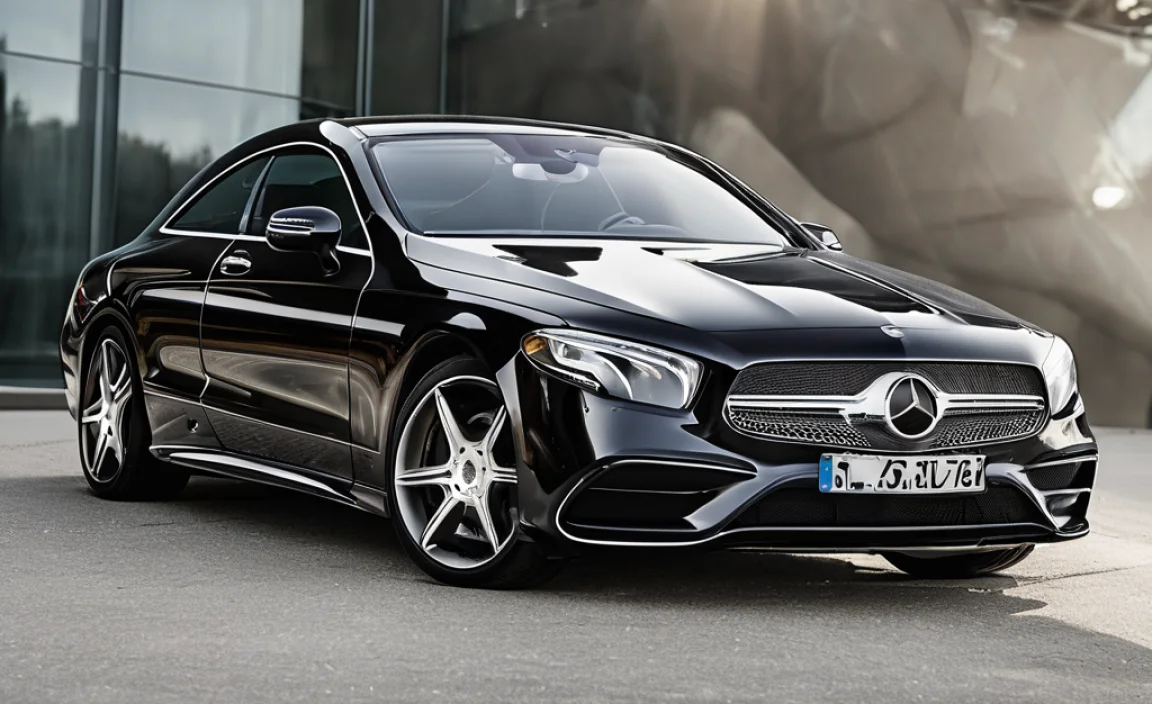
Understanding the specific fluids and typical maintenance intervals for your second-generation CL is vital. While it’s always best to consult your owner’s manual for the most accurate information for your specific model year, here’s a general overview.
| Component | Recommended Fluid Type (General) | Typical Interval (Miles/Years) |
|---|---|---|
| Engine Oil (V8/V12) | Synthetic 0W-40 or 5W-40 (API SN/CF or similar) | 10,000 miles / 1 year |
| Coolant | Mercedes-Benz Blue or Green OAT (Organic Acid Technology) Long-Life Coolant | 30,000 miles / 3-5 years |
| Brake Fluid | DOT 4 Plus (e.g., Pentosin DOT 4 LV) | 2 years |
| Power Steering Fluid | Pentosin CHF 11S or MB Spec 236.3 Approved | Check level regularly, flush if contaminated or noisy |
| Transmission Fluid (Automatic) | MB Spec 236.10 or 236.14 (e.g., Pentosin ATF 134) | 30,000-50,000 miles / 3-5 years (filter & fluid) |
| ABC Fluid | Pentosin CHF 11S or MB Spec 343.0 Approved | Check level regularly, flush and replace if dirty or foamy (refer to service manual for intervals) |
Always verify the exact fluid specifications and service intervals with your vehicle’s owner’s manual or a trusted Mercedes-Benz specialist. Using the incorrect fluid can cause significant damage to sensitive components.
Driving and Owning a Second-Generation CL
Owning a car like the CL is about more than just transportation; it’s an experience. These cars offer a unique combination of performance, comfort, and presence on the road.
The Driving Experience
The CL is designed as a grand tourer. Expect a ride that is exceptionally smooth and quiet, thanks to its advanced suspension and sound deadening. The powerful V8 and V12 engines provide effortless acceleration, making highway cruising a breeze. Even the AMG variants, while sportier, maintain a remarkable level of comfort for long journeys.
The cabin is a sanctuary of luxury, typically featuring high-quality leather, wood trim, and a driver-focused dashboard. While technologies like COMAND might feel dated compared to modern infotainment systems, they were cutting-edge for their time and still provide essential functions.
Is a Second-Generation CL a Good Buy Today?
For enthusiasts and those looking for a stylish, comfortable luxury coupe without the stratospheric price tag of a new equivalent, the second-generation CL can be a fantastic choice. However, it’s crucial to approach it with an understanding of potential maintenance costs. These were top-tier luxury cars when new, and their maintenance reflects that. A well-maintained CL can be a reliable and enjoyable car for years to come, but one that has been neglected can become a money pit.
When looking at a used CL:
- Service History: Prioritize cars with comprehensive service records, especially those showing regular ABC system maintenance.
- Pre-Purchase Inspection (PPI): Always get a thorough PPI from a Mercedes-Benz specialist before buying.
- Budget for Maintenance: Set aside a reasonable budget for ongoing maintenance and potential repairs.
Frequently Asked Questions (FAQ)
Q1: What is the average lifespan of a second-generation Mercedes CL?
With diligent maintenance, these cars can last well over 200,000 miles. Key areas to focus on are the engine, transmission, and the ABC suspension system. Regular fluid changes and addressing issues promptly are crucial for longevity.
Q2: Are parts for the second-generation CL hard to find?
For most common parts, they are generally available through Mercedes-Benz dealerships, specialized online retailers, and even third-party parts suppliers. Some very specific or rare components might be harder to source, but overall, the parts situation is manageable for dedicated owners. Many owners also find used parts from reputable salvage yards.
Q3: How does the Active Body Control (ABC) system work in simple terms?
ABC uses hydraulic fluid and computer-controlled actuators at each wheel to actively adjust the suspension. It can stiffen the suspension to reduce body roll in corners or soften it for a more comfortable ride, and also adjust the vehicle’s ride height. It’s essentially an intelligent, active suspension system.
Q4: What are the most common warning lights to watch out for on a C215 CL?
Key warnings include the “ABC” light (indicating an issue with the Active Body Control system), “Check Engine” light (for engine-related faults), and sometimes ABS/ESP warnings. It’s always best to diagnose any illuminated warning light promptly.
Q5: Is the fuel economy of a V8 or V12 CL very poor?
These are large, powerful luxury coupes, so fuel economy will not be a strong point. Expect figures in the range of 13-16 MPG in city driving and 18-22 MPG on the highway for V8 models, with V12s being slightly thirstier. This is typical for vehicles of their size and performance from that era.
Q6: Can I use a generic OBD-II scanner on my CL?
A basic OBD-II scanner can read generic engine codes, but for Mercedes-Benz vehicles, especially sophisticated ones like the CL, a specialized diagnostic tool (like STAR DIAGNOSIS or an equivalent professional tool) is often required to access all modules, read specific Mercedes-Benz codes, and perform advanced diagnostics or system resets.
Conclusion
The second-generation Mercedes-Benz CL (C215) stands as a testament to automotive engineering from the late 1990s and early 2000s. It offers a compelling mix of luxurious comfort, striking design, and accomplished performance. For those who appreciate its unique character and are willing to commit to its maintenance, the CL delivers an ownership experience that few other cars can match from its era.
By understanding its key features, proactive maintenance needs, and common areas to inspect, you can significantly enhance the reliability and enjoyment of your CL. Whether you’re performing fluid checks and tire rotations yourself, or seeking out a trusted specialist for more complex jobs, staying informed is your best tool. Embrace the journey of owning this exceptional Mercedes-Benz coupe, and it will reward you with countless miles of sophisticated travel.